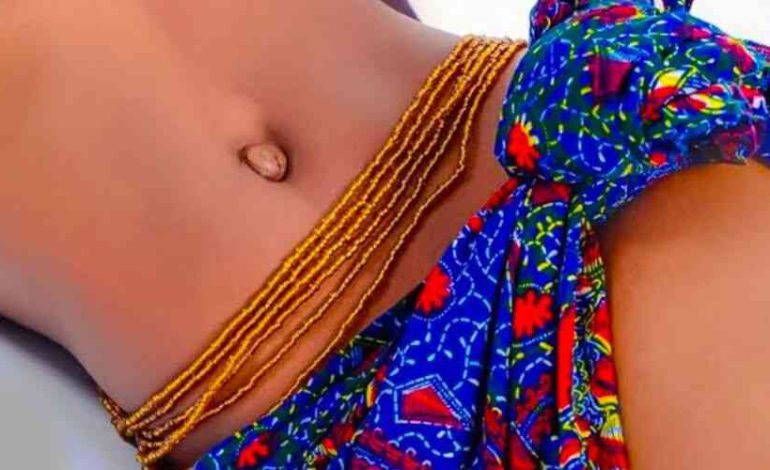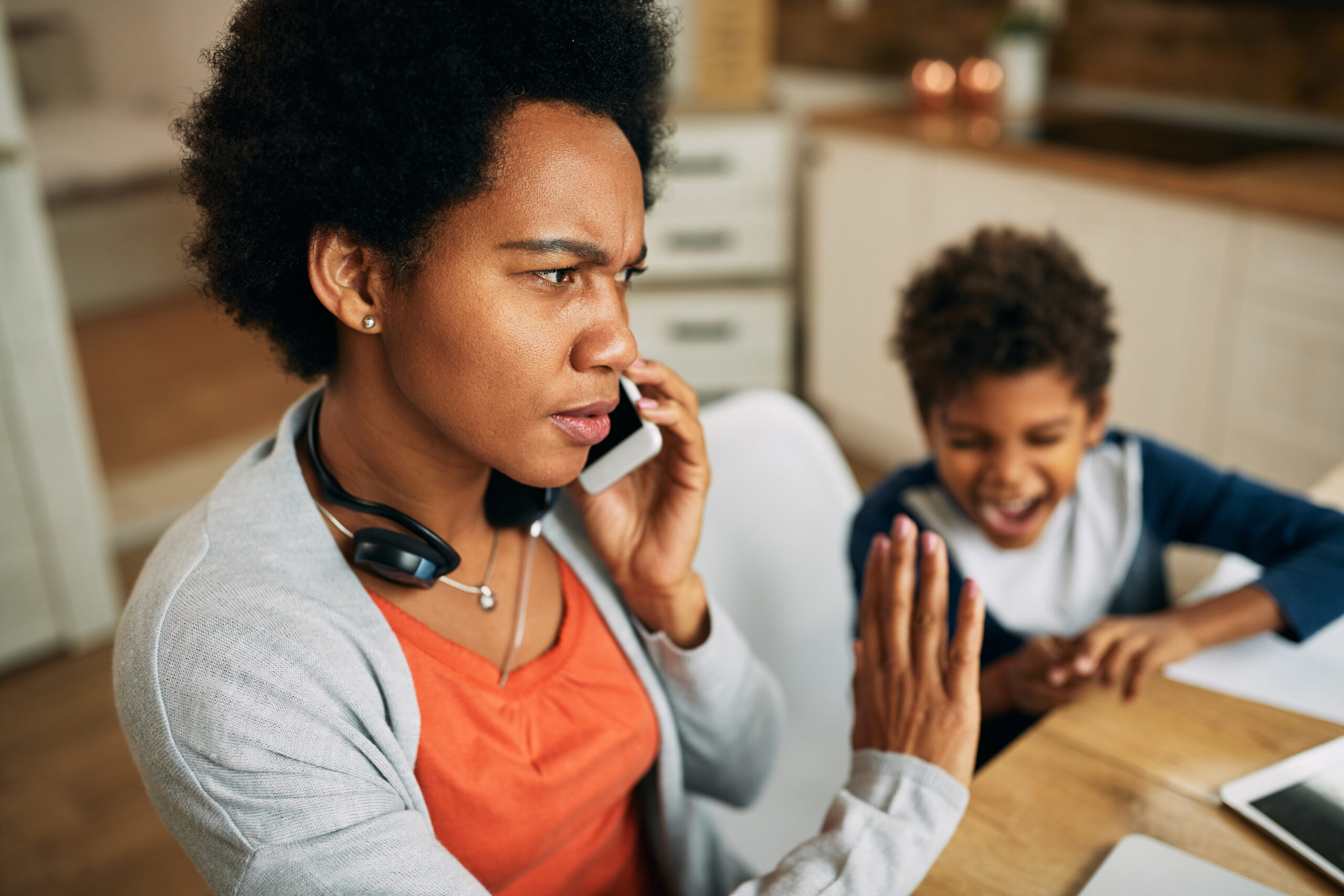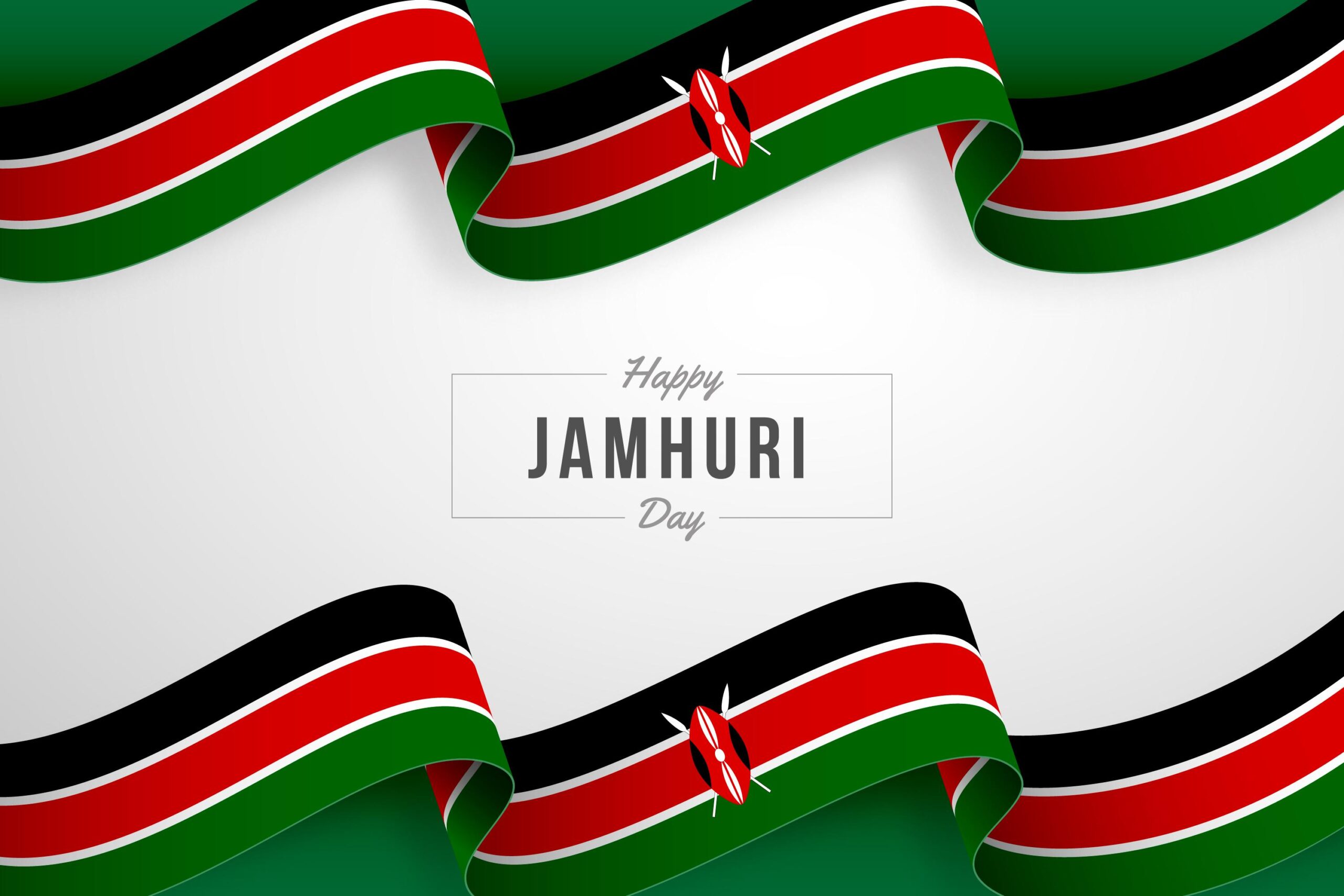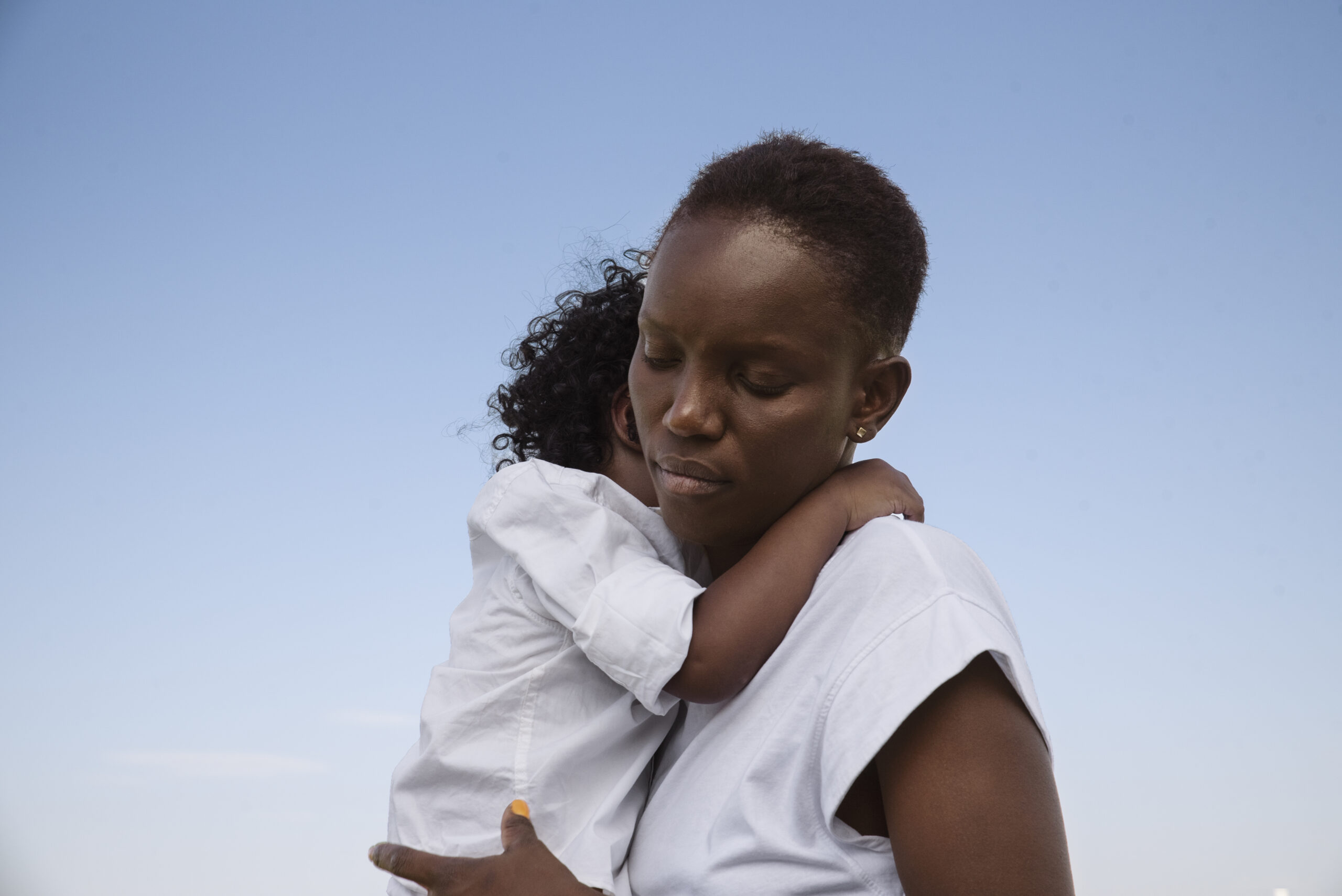The truth behind waist beads and why women wear them
When I was young, people who spotted dreadlocks were generally considered to be thieves and weed smokers. In fact, if you brought a friend whose head was merely shaggy home,

When I was young, people who spotted dreadlocks were generally considered to be thieves and weed smokers. In fact, if you brought a friend whose head was merely shaggy home, your irate parents would tell you your thieving friend might make away with the family TV set.
Now grown and spotting some locks myself, I know, more than anything that I do not steal, neither do I smoke weed. At least not yet.
All these stereotypes arose because of misinformation. When people do not understand something, they come up with alternative explanations to fill in the gaps. Waist beads have been subjected to the kind of misinformation dread locks were subjected to back then – being associated with witchcraft and promiscuity among other diabolical allegations. But there is a more, culture-rich tradition behind them.
The truth behind waist beads
When a maiden was approaching marriage back in the days, she was assigned a chaperon – an aunt or an elderly woman- who became her mentor in matters marriage. The classes covered a range of things, from keeping her house clean to whipping up mind-blowing cuisines.
The chaperon also doubled up a sexpert who taught and guided her in bedroom matters. Such a person was referred to as ‘kungwi’ or ‘somo’ in the coast where this practice is rampant, and ssenga among the Baganda. Once a maiden completed her classes in some communities, she was awarded her first set of waist beads by her Kungwi. Other times her husband-to-be sent the waist beads prior to her wedding, and her kungwi would teach her how to use them before the wedding night. He would later on add more to the collection as he deemed fit.
Unlike today, a woman’s waist beads, how many they were, which one she wore and what they looked like was a heavily guided secret, only known to her and her husband. In fact, baring them for all to see would have earned you the beating of a lifetime from your grandmothers and elderly women.
Bead colour and meaning
The waist beads also served as coded messages between spouses. Just by looking at the waist beads, the husbands would know whether their wives were ready to get down, had their menses or needed a shave. The red waist beads aptly denoted menses, the white beads were a green light for action and the black meant she needed to have her hair shaved.
Why do women wear them these days?
Most women wear waist beads because, why not? They hardly adhere to the set codes, let alone knowing of their existence. Still, some are more specific in their need for waist beads, and their reasons include the following:
To keep the waist line and weight in check – They denote weight gain and loss. If they become too tight, perhaps it is time to hit the gym. If they become loose, you are losing weight and inches of your waist line. If you add weight, the beads ride high up the belly, if you lose weight, they may descend low to the hips. Most women remove the beads when they are expectant.
Accessories – Some people wear waist beads just like you would a necklace, a bangle or those beaded Kenya flag bracelets. It is just an accessory to them. It is alleged that they help maintain a good figure by accentuating the waist and curves.
Sexual charm – Some women swear by the waist beads’ ability to make sex better, what with their friction and just the fact that they look good on the waist. The kungwis taught their wards how to use the beads to initiate and promote intimacy in the bedroom. This is perhaps the reason why they are believed to be worn by promiscuous women.
The next time you see a woman in a waist bead, do not immediately rush to your nearest stereotype.




